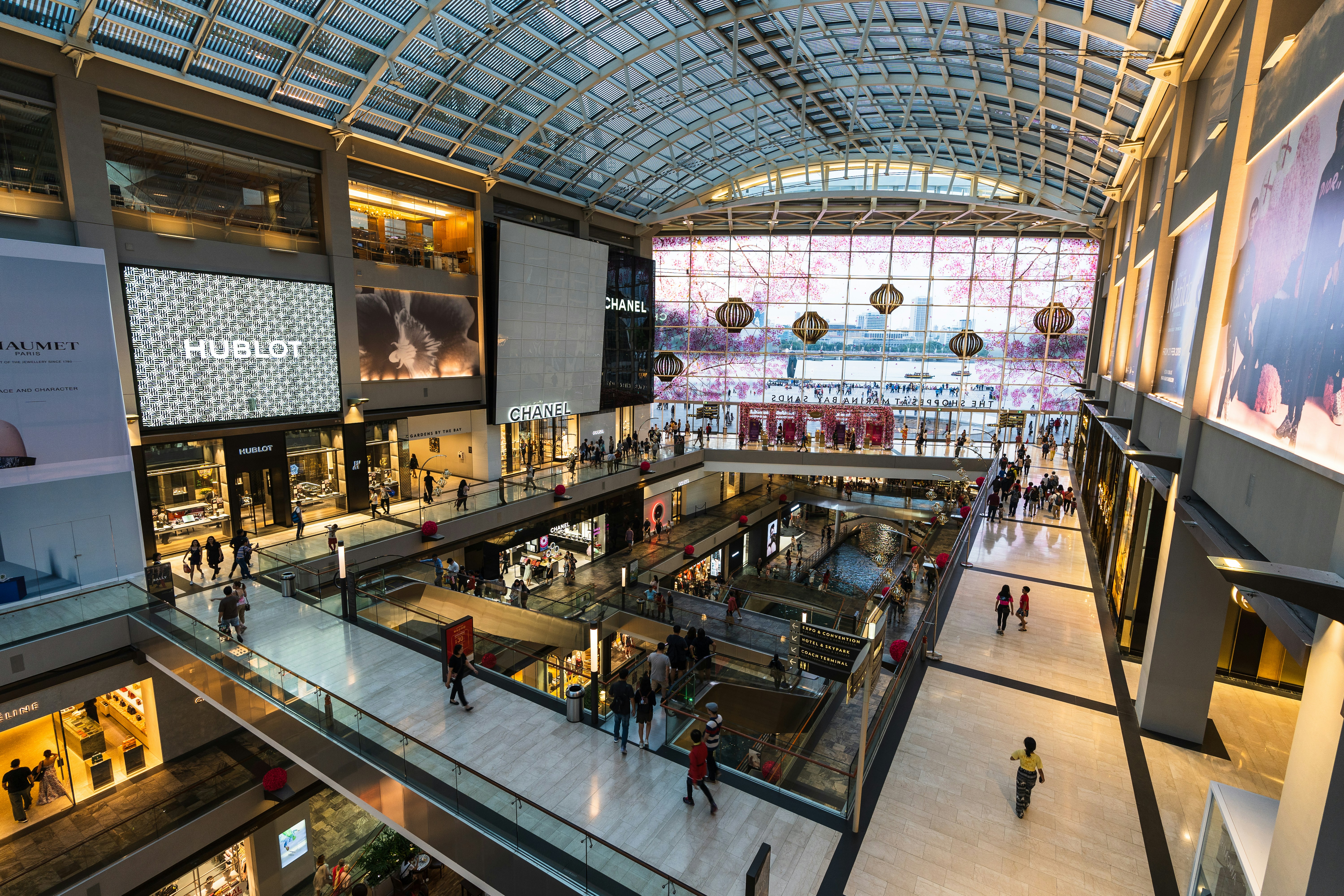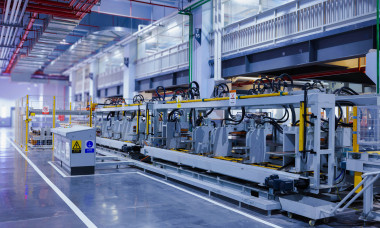From casual to career: how retailers can build clear growth pathways for staff
Retail workers want more than shifts; they want a future. For too long, retail has been considered a stepping-stone industry: casual, temporary and transitory. However, in a sector grappling with high employee turnover and shifting customer expectations, retailers can no longer treat staff like short-term assets.
Now is the time to turn frontline jobs into long-term careers. By building clear, visible growth pathways, retailers can drive retention and business performance starting from the shop floor up.
The workforce has evolved - has your talent strategy?
Retail’s workforce is uniquely diverse, spanning part-time and casual workers of all ages and stages of their careers: school leavers, students, working parents, career changers, retirees. While many enter the industry seeking flexibility, that doesn’t mean they lack ambition. Too often the industry is ill-equipped to harness it.
Without visibility into career options or support to progress, frontline employees often don’t see a future beyond their current role. The mindset has then become that staff are there to fill a shift, not build a career. This short-sighted approach to developing their workforce is costing retail significantly.
Why growth pathways matter in retail
Retail is no stranger to high employee turnover. In fact, industry data shows that turnover in frontline retail roles can exceed 60% annually. This means that excessive time and money is being spent recruiting, onboarding, and training for roles that may become vacant within the year.
Growth pathways offer a practical solution. By giving employees, a clear view of how they can grow within the business, retailers can boost long-term engagement and dramatically reduce attrition.
Let’s see the benefits of internal mobility:
-
Reduced recruitment costs: Hiring or promoting from within is far more cost-effective and efficient. Research shows that external hires can cost 18% more than internal hires and often take longer to onboard, whereas internal hires already understand the brand and culture.
-
Improved customer experience: As online shopping dominates, the need for memorable in-store experiences is more critical than ever. Experienced, knowledgeable staff create more personalised service, better customer experiences, and in turn build customer loyalty.
-
Stronger employer brand: Retailers that invest in career development stand out in a competitive talent market. Offering genuine career opportunities highlights your brand as one that values people and not just productivity.
Building a growth-driven culture
Creating a culture where staff see a future hinges on visibility and accessibility, as well as tangible support from leadership. Here’s how retailers can start building clear pathways from casual to career:
-
Define clear pathways: Map out realistic and role-specific progression journeys. Whether that’s casual roles to management or management to head office support.
-
Communicate opportunities: Make opportunities visible and actively encourage frontline staff to apply.
-
Invest in learning and development: Provide flexible, bite-sized training that works around part-time schedules. Micro-learning, mentorships, certification, and digital badges make growth achievable at all levels.
-
Leverage technology: Use workforce management platforms to track skills, flag potential and even provide training opportunities in order to personalise development plans and nurture staff. Tools such as ReadyTech’s learning module can help support scalable, data-driven staff development.
-
Empower managers: Store and team leaders are often closest to rising talent. Equip them with tools and training to recognise potential and guide career development.
Real world example
While not a retail business, McDonalds offers a compelling model for frontline learning. Recognising the challenge of delivering traditional training to a mobile, part-time workforce, McDonalds introduced bite-sized, mobile-friendly learning content. The result? Increased engagement and more employees actively planning their next steps. The takeaway for retailers is that development doesn’t have to be complex - it just needs to be accessible.
Next steps for retailers
Creating meaningful internal growth in such a fast-paced industry doesn’t have to be overwhelming. Starting with these two foundational actions can kickstart this process:
-
Audit your current employee development process
What learning opportunities exist? Are they accessible to casual staff? Do managers have the tools to support development?
2. Map roles and create a transparent progression framework
Clearly outline potential career paths. What does progression look like? What skills or training are needed to take the next step?
3. Invest in accessible, mobile-friendly HR technology
Mobile-first platforms make training and career planning easier while on the go - ideal for frontline and casual staff
4. Remove structural barriers to upskilling
Make learning part of the the flow of work by providing time for training, flexible scheduling for development sessions as well as simplified pathways for new skills.
Build careers not just workforces
Retail is always destined to be a high-volume hiring industry. But while we can’t change the number of people entering the sector, we can influence how many leave. The goal isn’t to stop movement altogether, it’s to stop losing the valuable talent and knowledge that already exists within our teams.
By creating clear, structured growth pathways, retailers can transform high turnover into high progression - repositioning entry level roles as launchpads for long-term careers.






